World of Cats
The different cat breeds, their characteristics, find your perfect feline companion.
Cat Breed Categories
Our comprehensive collection of cat breeds, organized into three main categories based on coat length and unique characteristics.
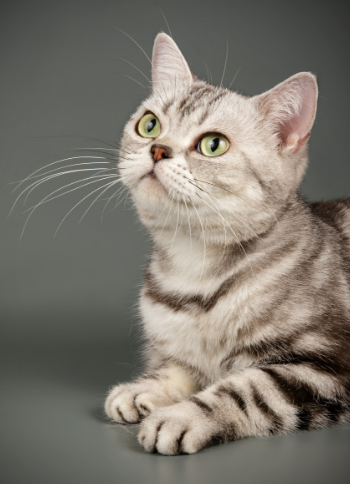
American Shorthair
The "All-American Family Cat" with a stable temperament and distinctive tabby patterns.

British Shorthair
Iconic "Blue Fatty" with a round face, big round eyes, and gentle personality.

Exotic Shorthair
"Flat-Faced Cutie" with a appearance and docile nature.

Bengal Cat
"Mini Cheetah" with leopard-like spots and dog-like playfulness.

Russian Blue
"Elegant Sapphire" with silvery-blue coat and emerald-green eyes.
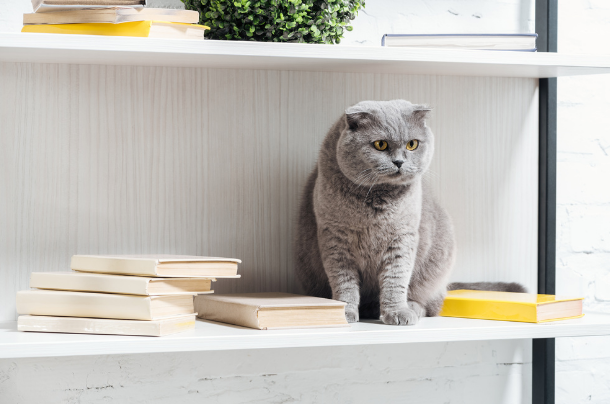
Scottish Fold
"Folded-Ear Elf" with forward-folding ears and gentle personality.

Persian Cat
"Cat Noble" with floor-length coat and elegant, lazy temperament.
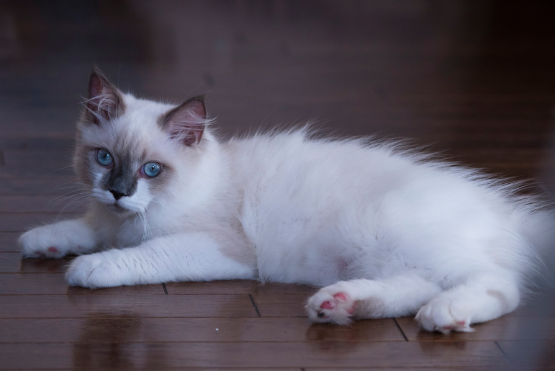
Ragdoll
"Fairy Cat" with fluffy coat, blue eyes, and dog-like loyalty.
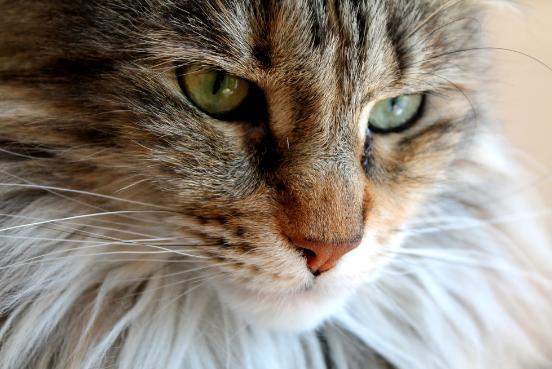
Maine Coon
"Giant Gentle Giant" – largest domestic cat breed with friendly nature.
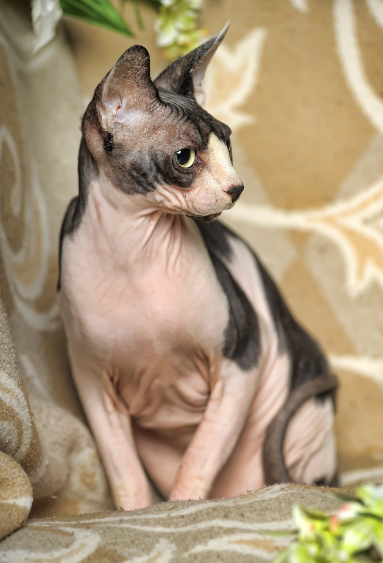
Sphynx Cat
"Alien Cat" – nearly hairless with wrinkled skin and dog-like clinginess.
AI Cat Breed Recommender
Not sure which cat breed is right for you? Answer a few questions and our AI will recommend the perfect feline companion based on your lifestyle and preferences.
Hi there! I'm your Cat Breed Recommender. Let's find your perfect feline friend. First, do you prefer short-haired or long-haired cats?
Example questions the AI might ask:
- Do you have children or other pets?
- How much time can you spend grooming?
- What's your living space like?
- Do you prefer active or calm cats?
Fun Cat Facts
Interesting facts about our feline friends.
Cat Intelligence
Cats have excellent memories and can learn up to 100 words. They're also skilled problem solvers and can figure out how to open doors and containers.
Cat Communication
Cats use more than 100 different vocalizations to communicate, including purring, meowing, hissing, and chirping. Each sound has a specific meaning.
Cat Sleep Patterns
Cats sleep for 12-16 hours a day, and can sleep up to 20 hours in some cases. They're most active during dawn and dusk (crepuscular animals).
Cat Vision
Cats have excellent night vision and can see in just 1/6th the light humans need. They also have a wider field of view (200 degrees compared to humans' 180).
Cat Purring
Cats purr at a frequency of 25-150 Hz, which has been shown to promote bone density and healing. They purr when happy, but also when stressed or in pain.
Cat History
Cats were first domesticated in ancient Egypt around 4,000 years ago. They were so revered that killing a cat was punishable by death.
Most Popular Cat Breeds Worldwide
About CatEncyclopedia
Our mission is to provide comprehensive and accurate information about different cat breeds to help cat lovers make informed decisions when choosing a feline companion.
Our Story
CatEncyclopedia was founded by a group of passionate cat lovers who wanted to create a reliable resource for cat enthusiasts around the world. We believe that every cat deserves a loving home, and every cat lover deserves to find their perfect match.
Our team of experts carefully researches each breed to provide accurate and up-to-date information about their characteristics, care requirements, and temperaments.
Whether you're a first-time cat owner or a seasoned feline enthusiast, we hope you'll find our website helpful and informative.
Subscribe to Our Newsletter
Stay updated with the latest cat news, care tips, and breed information.